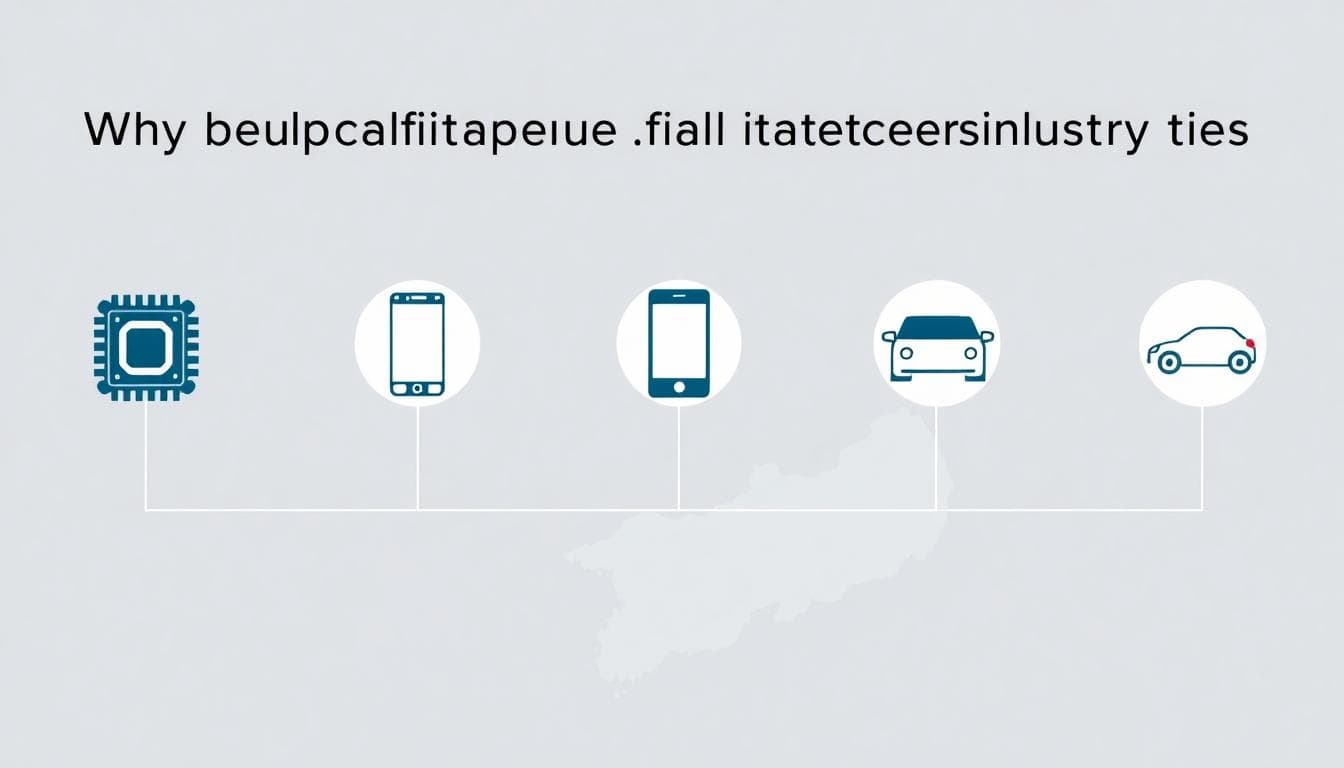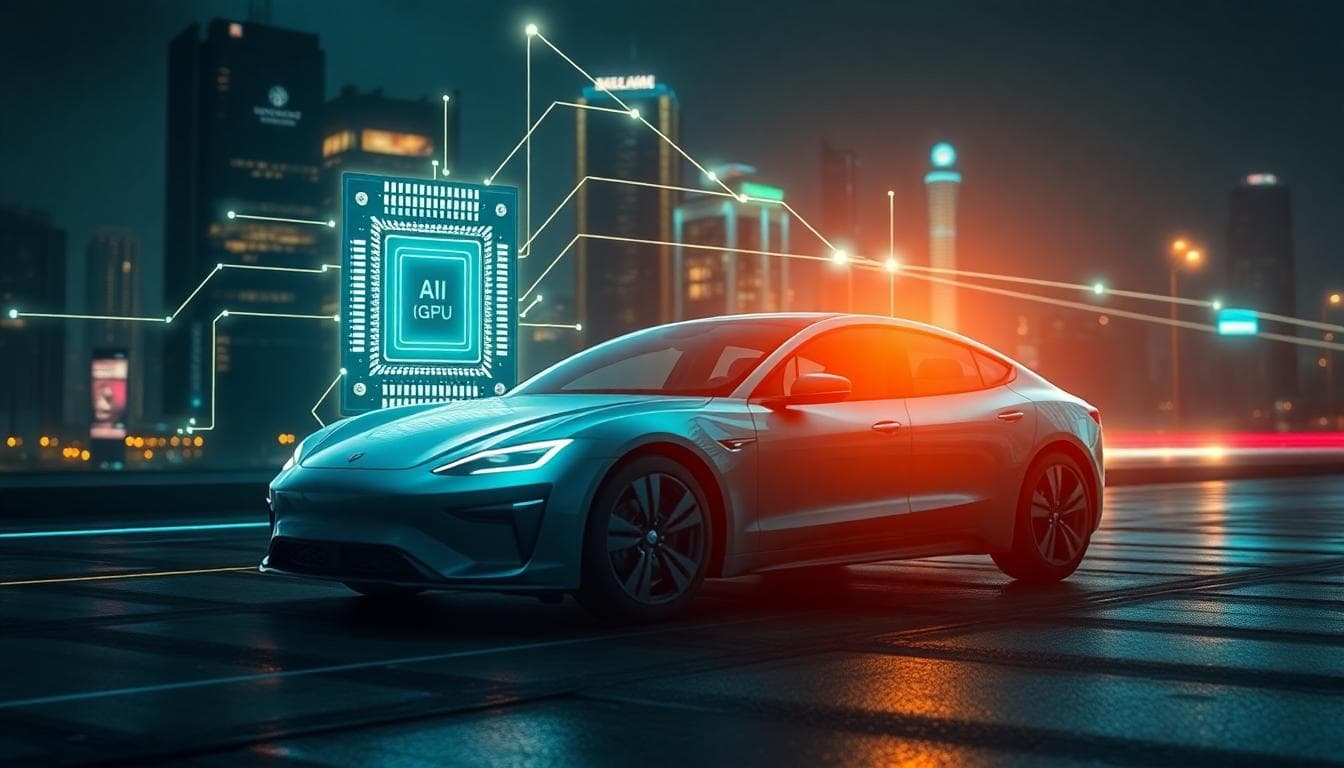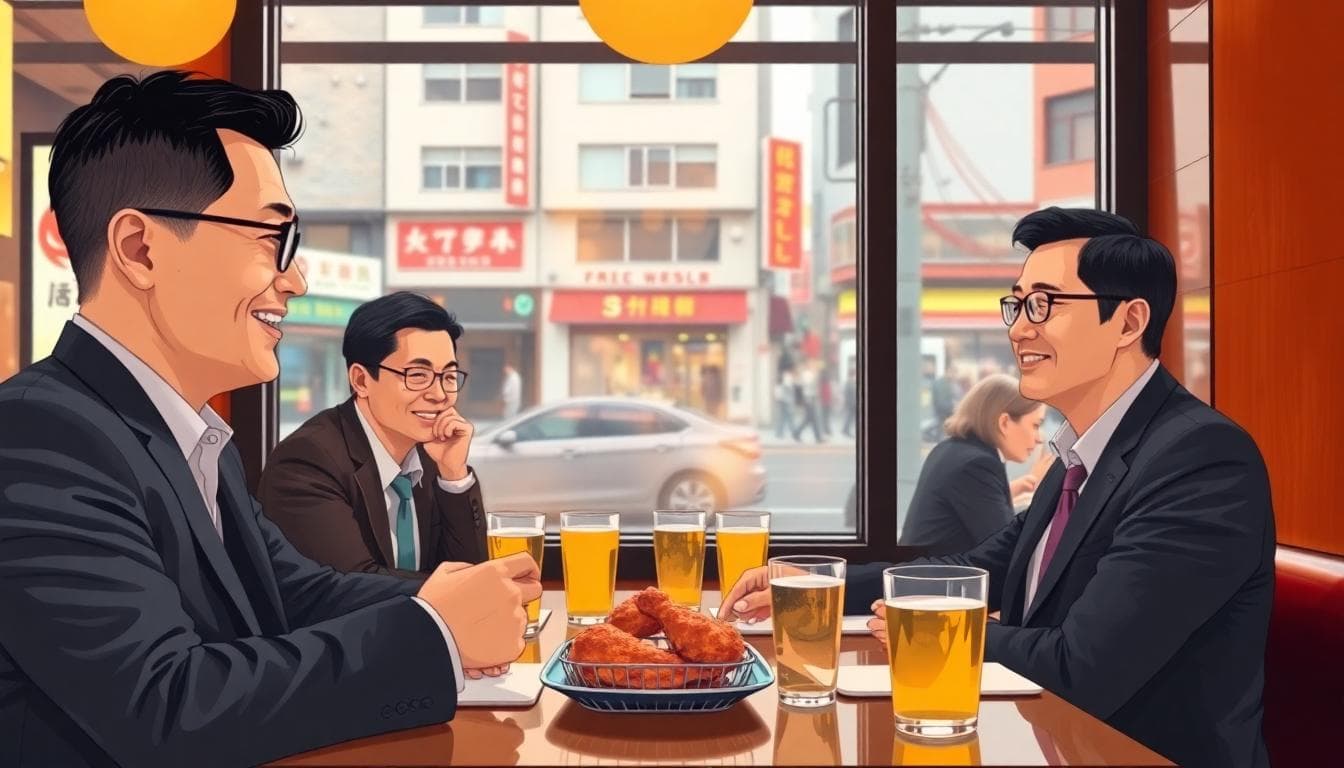Three of the most powerful figures in tech and autos met in Seoul and kept it low key. Nvidia’s Jensen Huang joined Samsung’s Lee Jae‑yong and Hyundai’s Euisun Chung for Korean fried chicken and beer. Cameras and crowds gathered outside, and the trio later appeared at a gamer festival. The message felt clear: Nvidia’s chip leadership is drawing closer to South Korea’s electronics and mobility giants, with a business announcement on deck.
Why a Chicken and Beer Meetup Matters
South Korea’s executives usually meet behind closed doors. A public table by the window is rare. The optics were friendly and intentional. It showed unity, comfort, and momentum. It also hinted at a partnership that blends high‑performance computing with devices and vehicles that reach millions of users.
For Nvidia, partnerships in Korea can expand GPU demand across data centers, phones, consumer electronics, and cars. For Samsung and Hyundai, access to Nvidia’s AI platforms can accelerate product plans and cloud strategy. A casual dinner can be a serious signal to investors, developers, and suppliers.

The Strategic Threads to Watch
- AI compute and foundry: Samsung is a major memory and foundry player. Expect talk about HBM memory, advanced packaging, or long‑term supply for AI accelerators.
- Smartphones and consumer devices: On‑device AI needs efficient models, NPUs, and cloud tie‑ins. Nvidia’s software stack paired with Samsung hardware could push new features on phones, TVs, and appliances.
- Software ecosystems: Platforms like CUDA, TensorRT, and Omniverse help developers build and deploy AI. Korean partners could bundle or optimize these for local products and services.
- Automotive and robotics: Hyundai’s push into EVs, autonomy, and robotics aligns with Nvidia’s DRIVE and Isaac platforms. A deal could cover compute, perception stacks, simulation, and data pipelines.
Signals from the Festival Appearance
After dinner, the leaders drew more attention at a gaming event nearby. Gamer festivals are all about graphics, latency, and performance, which are Nvidia’s roots. Teasing a deal there suggests a consumer‑facing angle: gaming hardware, cloud gaming partnerships, or creator tools. It could also be a way to reach developers before a formal announcement.

What a Partnership Could Look Like
No terms are official yet, but past deals offer clues. Here are realistic shapes a collaboration might take:
- Co‑developed AI hardware: Memory supply, packaging, or foundry services tuned for next‑gen accelerators.
- Hybrid AI for devices: Edge features on Samsung devices backed by Nvidia cloud inference. Think enhanced camera tools, translation, or creator effects.
- Automotive compute stack: Nvidia DRIVE for Hyundai models, with regional data services, mapping, and simulation via Omniverse.
- Joint developer programs: Tooling, SDKs, and incentives for Korean startups and universities to build on shared platforms.
Why Korea Is Central to the AI Supply Chain
Korean memory and advanced packaging are critical for training and inference. Without steady HBM supply and efficient thermal designs, AI growth stalls. Korea’s automakers also sit on massive sensor data sets and complex manufacturing networks. Pairing that with leading AI compute can speed up autonomy, factory automation, and connected services.

What to Watch Next
- Official announcement timing: Press releases, earnings calls, or regulatory filings.
- Scope of the deal: Is it supply only, or does it include co‑development and software integration?
- Go‑to‑market: Joint branding, developer events, or pilot programs in Korea first.
- Regulatory angles: Export controls, data security, and local compliance requirements.
- Downstream partners: Foundry nodes, HBM allocations, and Tier‑1 auto suppliers.
Implications for Creators, Developers, and Investors
If these companies align, creators could see better on‑device tools and cloud pipelines. Developers may get new SDKs, accelerated features, and training resources. Investors will look for clarity on unit economics: margins on AI hardware, attach rates for software, and the pace of automotive wins.
A friendly dinner can be a market signal. Nvidia wants stable supply and broader reach. Samsung and Hyundai want top‑tier AI and platforms that ship fast. If the pending deal is substantial, it could shape AI hardware supply, device features, and in‑car compute for years.
To contact us click Here .

